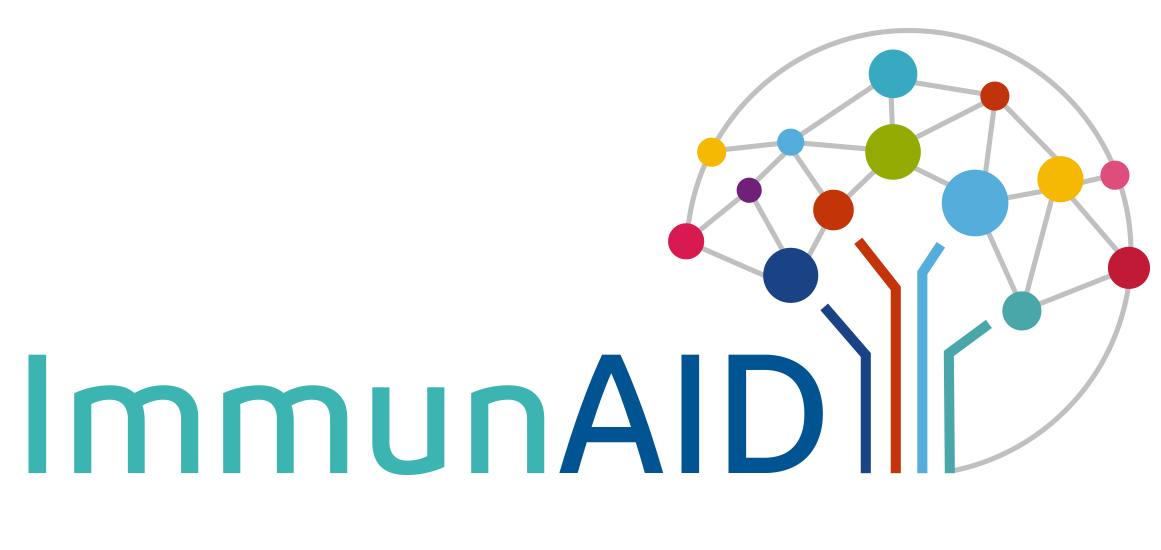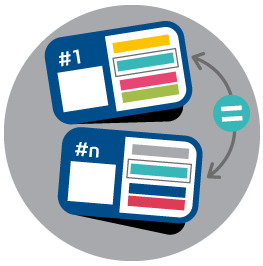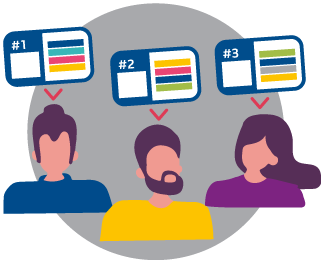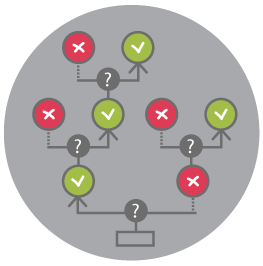An intriguing elevated number of Kawasaki disease cases, a rare inflammatory disorder, are recently noticed. The current pandemic context clearly questions a possible link between the SARS-CoV-2 virus, and the Kawasaki disease phenotype.
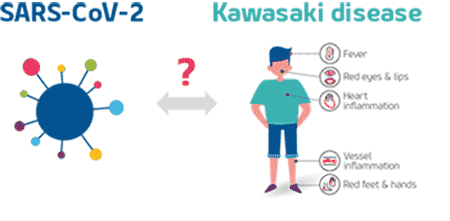
An intriguing peak of new Kawasaki disease cases observed in children
Recently, paediatric department of hospitals in Europe and in the US reported a small but unusual number of cases of children with systemic inflammatory disease and symptoms suggestive of Kawasaki disease. Fortunately, for the time being, all hospitalized children respond favourably to conventional treatments (e.g. immunoglobulins). But, owing to the current pandemic situation, the possible role of SARS-CoV-2 is questionable. If the link were to be confirmed, it would probably open new avenues for research in both therapeutic fields.
Rare, Kawasaki disease is characterized by inflammation of the lining of the medium-sized blood vessels, especially those of the heart (coronary arteries). It mainly affects young children (below 5 years old). In Europe, 9 out of every 100,000 children develop the disease each year, with a seasonal annual peak in winter and spring. “The peak we are observing right now is unusual. It is first unusual in its magnitude. For example, in my department we've had the same number of cases in the last five weeks as we have in a whole year. But it is also unusual in terms of clinical manifestations and laboratory data compared to the ones we usually observe” says Jordi Anton, pediatric rheumatologist at Sant Joan de Déu Hospital in Barcelona.
Indeed, the clinical manifestations being observed these days can be sorted out three ways:
- Children presenting the classic clinical signs of Kawasaki's disease associated or not with the detection of SARS-CoV-2;
- Children with more atypical forms of Kawasaki disease (e.g. high inflammation of the heart muscle and intense biological inflammation indicative of a cytokine storm) and more often outside the usual age range;
- Children with early onset heart failure due to myocarditis (inflammatory damage to the myocardium, the muscle tissue of the heart), with little or no evidence of Kawasaki disease.
Could we find a link between these atypical forms and SARS-CoV-2 infection?
Viral infections play a role in Kawasaki disease onset
The nature of Kawasaki disease is still poorly understood. Although genetic factors are thought to play a major role in patient’s vulnerability, the observed clinical manifestations are now thought to be a consequence of the overactivation of the innate immune system following a viral infection. Indeed, some common respiratory viruses, such as adenoviruses, enteroviruses, rhinoviruses, and coronaviruses, are known to be associated with Kawasaki disease cases. So, could SARS-CoV-2 be included in the list?
“Of course, there is a strong coincidence between the occurrence of these cases and the Covid-19 pandemic, and the type of the virus, a coronavirus, fits pretty well with the assumption. But we need to be cautious as in this case the magnitude of the cytokine storm is quite higher than expected, and the occurrence of severe myocarditis, and polyseritis is intriguing, therefore we need more data to confirm the current hypotheses”, says Isabelle Koné-Paut pediatric rheumatologist at Bicêtre hospital, APHP.
A perfect culprit? The investigation is just beginning…
The more we study SARS-CoV-2, the more we identify how broadly it affects our body. We know for example that SARS-CoV-2 has been implicated in blood vessel injury affecting many organs: lungs, nervous system, kidneys and heart. These observations are quite in line with the severe myocarditis seen in some of the hospitalized children, and aberrant immune response to the SARS-CoV-2 virus could prevail on virus cytopathogenic effect. An intriguing question however is the lack of reported cases in China, first epicentre of the Covid-19 pandemic. It is indeed known that Kawasaki disease is more common in Asian populations, although cases have been reported worldwide. Has it just been overlooked so far?
In any case, only further research will enable us to get a clear picture. Apart from the necessary epidemiological surveillance, the data to be generated within the ImmunAID project might help shedding light on the true mechanism involved in the Kawasaki disease and unravel how SARS-CoV-2 possibly trigger it.
